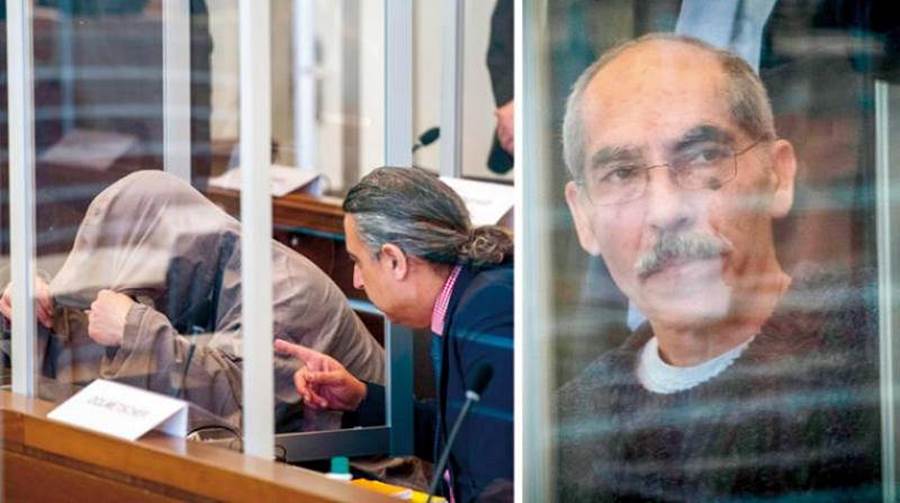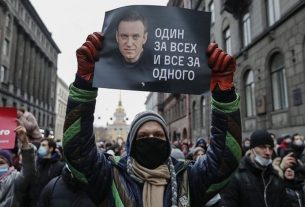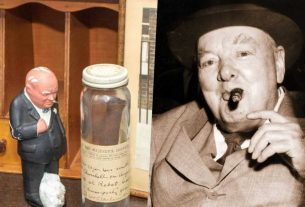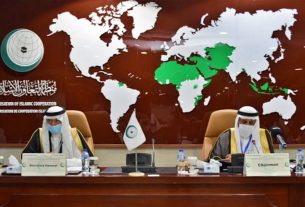Sat 24 October 2020:
The “gravedigger”, whose identity remains concealed at the hearing, said he continues to be haunted by the mass graves he dug for the victims killed by the Syrian regime during the nearly decade-long conflict. One image that has been etched in his memory is that of a deceased, woman who was still hugging her dead child, whom he lowered into a mass grave in Damascus.
The testimony of the “gravedigger” during the trials of Syrian officials created a shock in the courtroom in Koblenz, Germany, as it revived the discussion of the atrocities committed by the regime.
The witness, whose identity is withheld for safety reasons, and is officially referred to as “Z-30”, defected from the regime and contributed to the issuance of the “Caesar Act” in the US Congress.

Images of dead bodies in Syrian prisons, taken by a Syrian government photographer, are displayed at the United Nations on March 10. The photographer, who goes by the pseudonym Caesar, took the pictures between 2011, when the Syrian uprising began, and 2013, when he fled the country. His photos will be on display at the U.S. Capitol on Wednesday.
He spoke during the trials of Anwar Raslan and Eyad al-Gharib for their crimes against humanity.
Syrian and European lawyers and activists managed to collect enough data and evidence against those two defendants only.
The testimony of “Z-30”, which was published by the Syrian Center for Legal Studies and Research in Berlin, chaired by attorney Anwar al-Bunni.
The witness reported that in 2010, he worked as a taxi driver in Damascus, and was approached in July 2011 by a security officer telling him that he was selected to work at the security headquarters.
He had a direct relationship with the deputy governor, who was later assassinated. He was in charge of 12 workers and tasked with accompanying them to Najha cemetery, which received bodies from the morgues of Harasta or Tishreen Military Hospitals.
He reported that during a year and a half, they buried thousands of persons that there was no longer a place for burial.
In July 2017, three or four large cars arrived at the cemetery, carrying between 700 and 800 bodies, estimated the witness. He indicated that they were all put in a mass grave, including bodies of women with their children.
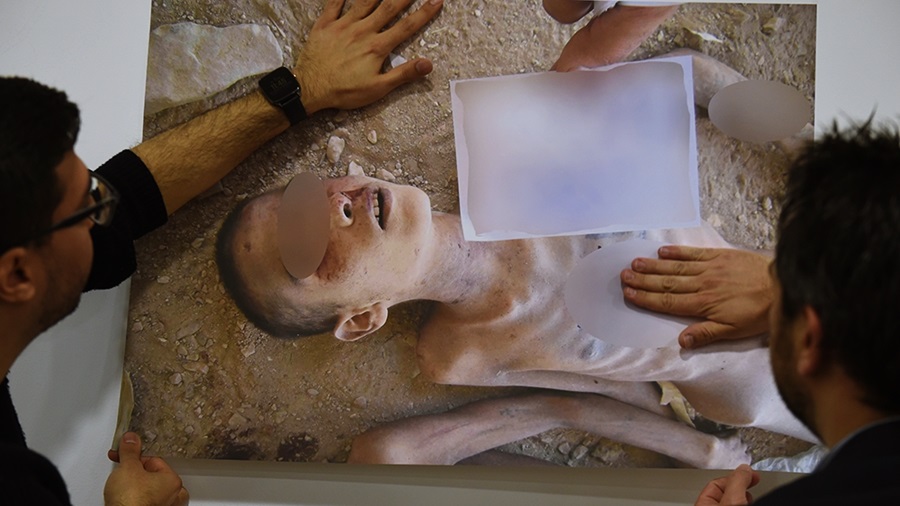
He also recounted the horrific scenes of dismembered bodies and the smell of corpses, saying they haunted him for long and he would sometimes go on without food or drink for days on end. He indicated that the smell of blood was so strong that he would feel dizzy, and it never left him.
Some corpses were dumped in graves with their hands still tied behind their backs. All the bodies showed signs of beatings, many had their nails plucked out, and some faces were disfigured, possibly by acid.
At first, the gravedigger only supervised and did not participate in burying bodies coming from the security centers. He noted that some corpses began to decompose or had worms in them given that they had been stored for long.
He later helped bury the bodies of Sednaya prison, noting that they didn’t smell as the rest because they were executed and brought the same day.
The witness reported that during one of the burials, a man was still alive among the dead bodies and the officer ordered the vehicle that was digging up the grave to run him over.
The witness recounted that after the regime used the chemical weapon in Ein Tarma, the streets were full of bodies, and they were assigned to collect and bury them.


